Antinutrients are compounds that prevent absorption of ingested nutrients. These are part of the biochemical arsenal of plants that constitute their protective mechanism against plant predators, ranging from pests, insects, bacteria, mold and animals to humans. Antinutrients preserve plants nutrients, so these cannot be broken down or digested by plant predators, thus insuring plant propagation. As plants are not mobile as animals and cannot protect themselves by moving away from potential danger, they have evolved an arsenal of very exquisite phytochemicals, which help them propagate. These phytochemicals are either sensed by plant predators and discourage these to attack or consume those respective plants (think poisonous plants for example) or upon consumption by animals, pass through digestive tracts intact, thus continuing their life journey, when excreted.

Plant intelligence and intention is a mind boggling domain that’s still being discovered. But for now, let’s stick to what is becoming clearer and clearer, regarding the types and particularities of antinutrients. These come in a variety of flavors, which you can find summarised below:
- Cyanogenic glycosides are phytotoxins that form part of plants’ defense mechanism and are mostly found in cassava, sorghum, bamboo shots, almonds and seeds of apricots, cherries, peaches and plums
- Enzyme inhibitors interfere with functions of various digestive enzymes, such as trypsin and pepsin (protease inhibitors found in soybean) or amylase (amylase inhibitors found in kidney beans)
- Lectins are mostly found in plants roots and seeds. They bind to surface cells of the digestive tract and may cause gut permeability, also known as leaky gut, potentially leading to a host of inflammatory processes within the body and even to auto-immune diseases. Foods particularly rich in lectins are legumes, cereals, potatoes, nuts and seeds

- Glycoalkaloids, such as solanine and tomatine found mostly in nightshades are poisonous when consumed in large quantities. Solanine from excess consumption of fried potato skins and tomatine from red tomatoes can break down cells membranes
- Goitrogens, found in broccoli, brussels sprouts, cabbage, cauliflower, flax seeds, horseradish, kale, peanuts, pine nuts, peaches, radishes, rapeseeds, soybean, spinach and strawberries, can affect thyroid function by interfering with iodine storage within the body. Dioxin, heavy metals, insecticides, PCB and several medicines exert an even higher effect on iodine metabolism
- Oxalates may damage the intestinal wall and cause kidney stones, by combining primarily with calcium inside the body. These are found primarily in spinach, kale, beets, rhubarb, parsley, sorrel, black pepper, cocoa beans, cereals, soybean and nuts

- Phytates are found in seeds of legumes, cereals and nuts and chelate various necessary minerals, such as zinc, manganese, copper, iron and magnesium, impairing their absorption upon consumption
- Phytoestrogens are plant derived xenoestrogens that bind to estrogen receptors, thus affecting the endocrine system. These occur mostly in alfalfa, cereal products, legumes, processed meat rapeseed oil, soybean and sunflower oil.
- Prolamins, include gliadin (found in wheat), hordein (barley), secain (rye), avenin (oat) and zein (corn). They cause gut permeability by attaching to epithelial cells in the intestine and releasing zonulin
- Saponins are complex chemicals consisting of terpenes and steroids that may have harmful hypoglycemic and digestive effects. They are found in asparagus, beans, ginseng, licorice, oats, peas, quinoa, soybeans and sunflower seeds. On the other hand, saponins are also studied for their anti-carcinogenic and immune supporting effects
And now that you have an idea about what can go array with your diet, even though it may look apparently healthy, you’re probably questioning those vegan convictions you started flirting with and thinking seriously about fasting, and not just intermittently. So what can you do to keep well and healthy? Well, first of all is to be more conscious about your food choices and their potential impact. If anything adjust the quantity of particular foods you consume, while diversifying your regular foods portfolio.
Second of all, try to acknowledge and respect the intelligence of plants, as ridiculously as it may seem. They are unbelievable chemical machineries that produce an important part of the nutrients needed for live and believe it or not have evolved mechanisms to protect those nutrients. If they evolved to produce those nutrients, they’re probably intelligent enough as to try and protect them as well. Acknowledging plants will make you more aware of your interaction with other life forms in general, so you can live in balance with everything around you.
Third of all, try to prepare your food traditionally by soaking, sprouting or fermenting, even before cooking it. This can reduce various antinutrients, such as phytates or oxalates, thus ensuring that you’re maximising nutrient absorption, while avoiding health repercussions that accumulate over time and can lead to allergies, inflammation and immunity related issues.
Finally, and perhaps most importantly, step back from the influence of media and your own food habits and listen to your body. Yes, plants are intelligent, but so are you; try and sense what works and what doesn’t. Even if at a subtle level, there should always be a signal from the body when something isn’t quite optimal, be it bloating, an allergic reaction such as a runny nose, or even sluggishness or a lack of energy. And whereas life brings forward a lot of factors, including food related, that may make you feel less than optimal, you should always strive for that wellbeing feel.
And why don’t you check out our smoothies and upcoming healthy lunches, we are launching in early April? We prepare our foods with the uttermost care, to minimize levels of antinutrients and provide you with your daily fuel needs, while you navigate through life.
~Mihai




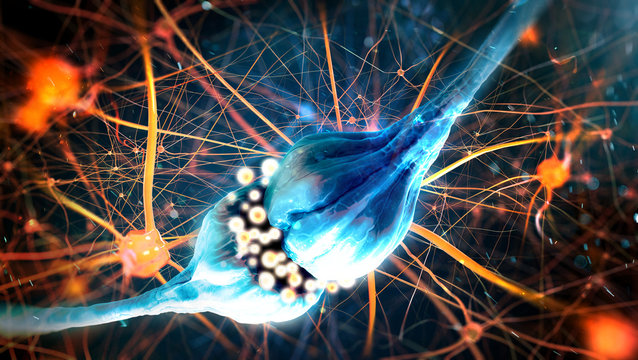

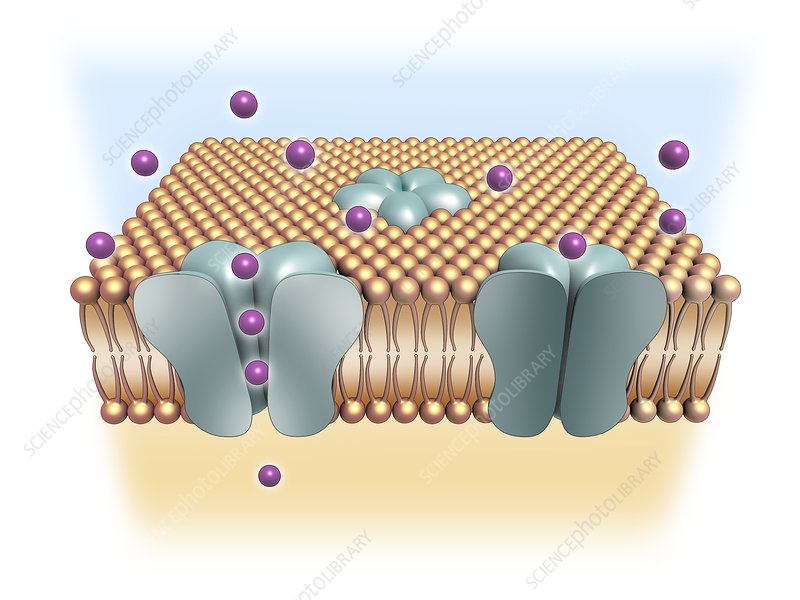
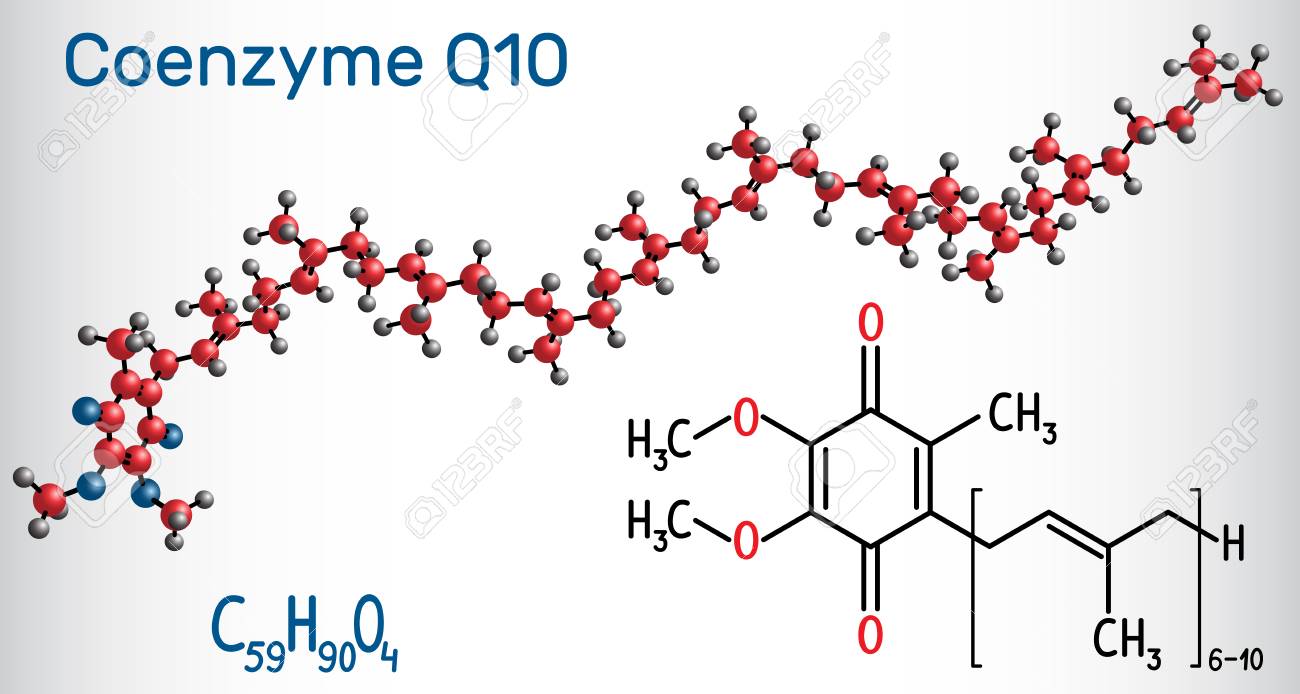
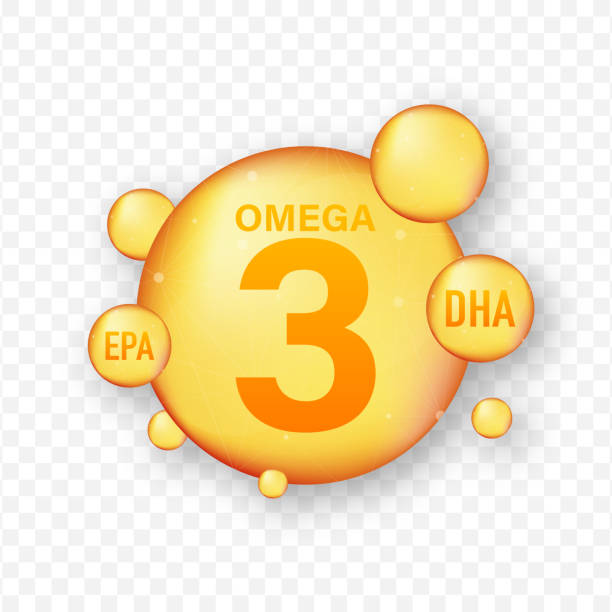
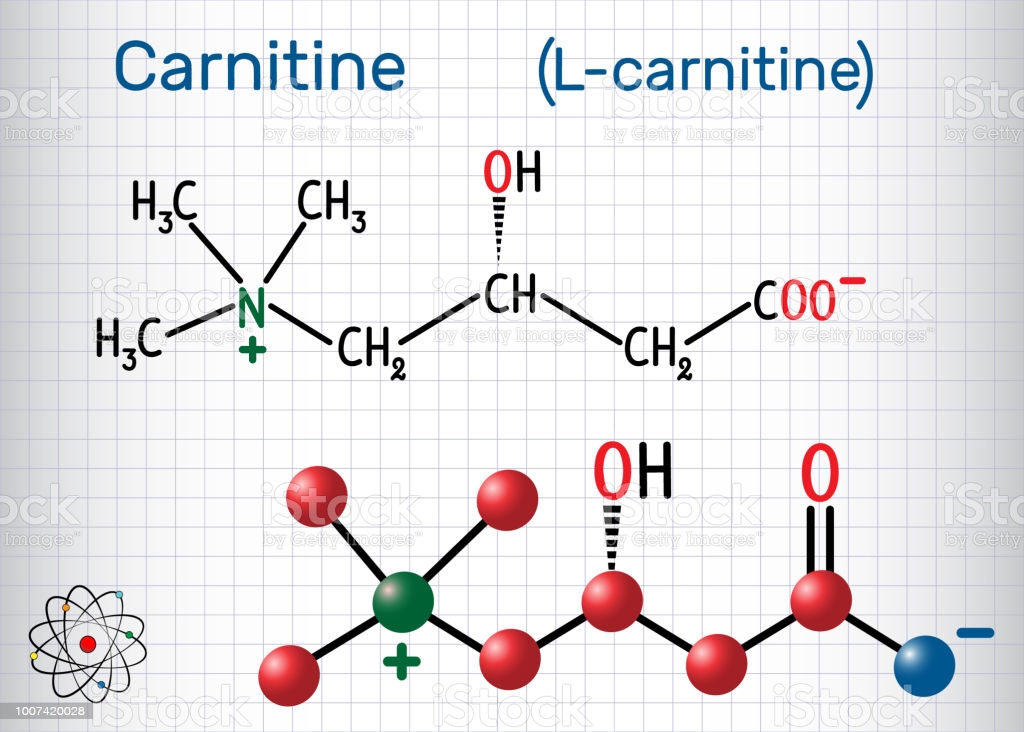

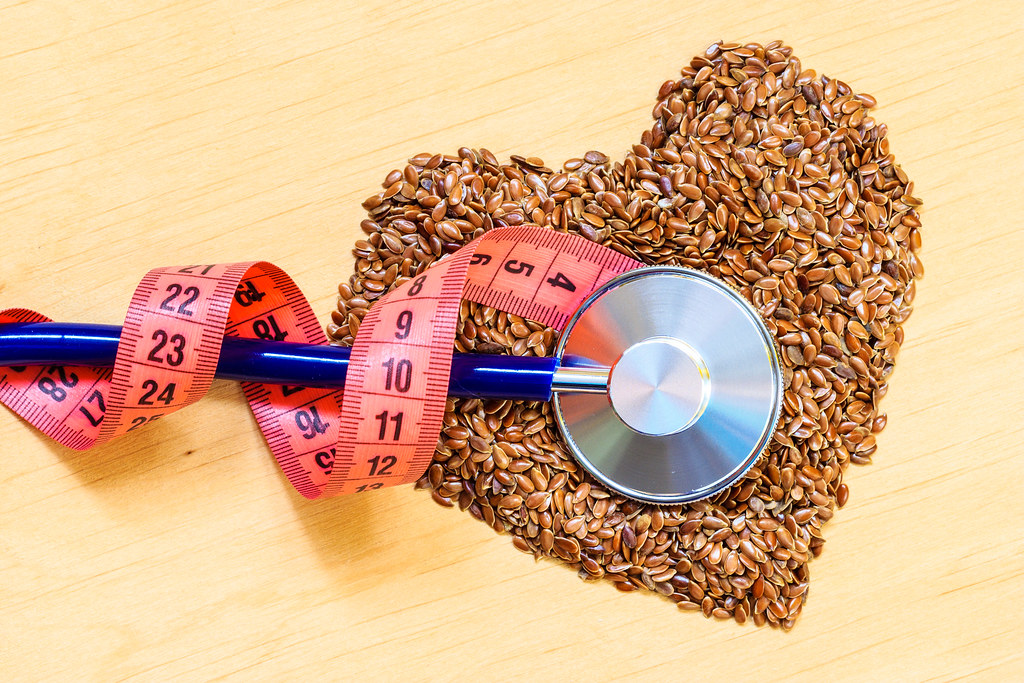
Pingback: Wild Life – Nutrifix